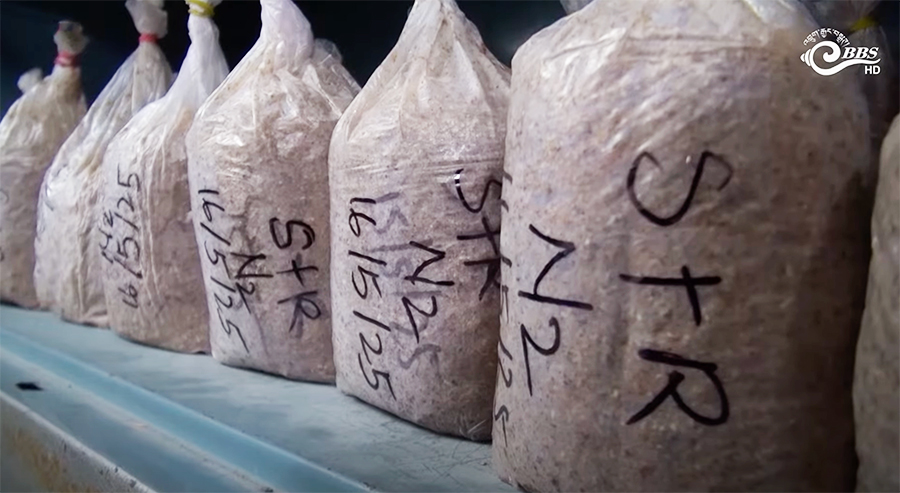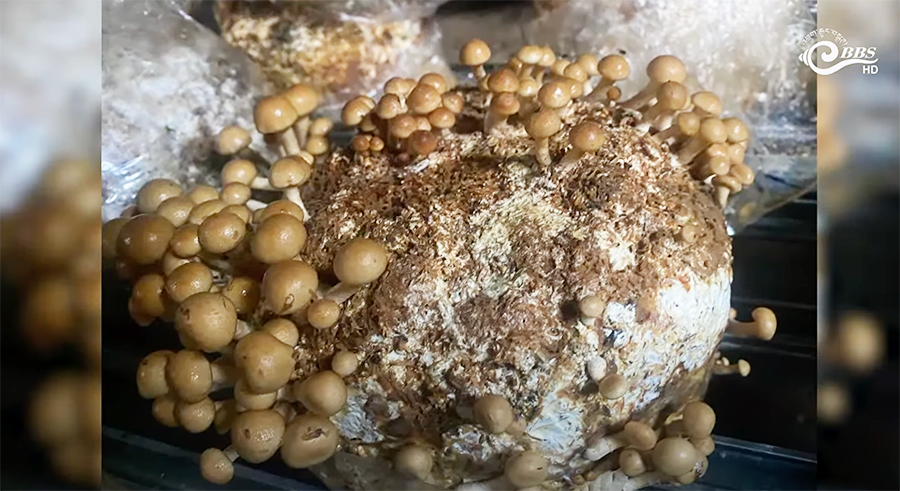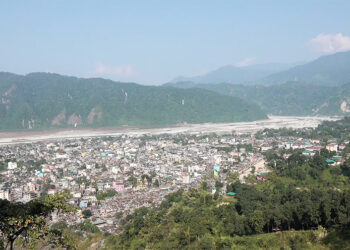 Farmers in eastern Bhutan, who have been growing Oyster, Shiitake, and Matsutake mushrooms, will now begin cultivating a new variety, Nameko mushroom, locally known as Marpchu. The Agriculture Research and Development Centre (ARDC) Wengkhar in Monggar recently trained farmers and Gewog Agriculture Extension Supervisors in Nameko mushroom cultivation.
Farmers in eastern Bhutan, who have been growing Oyster, Shiitake, and Matsutake mushrooms, will now begin cultivating a new variety, Nameko mushroom, locally known as Marpchu. The Agriculture Research and Development Centre (ARDC) Wengkhar in Monggar recently trained farmers and Gewog Agriculture Extension Supervisors in Nameko mushroom cultivation.
 24 participants from six eastern districts attended the training at the Agriculture Research and Development Sub-Centre at Khangma in Trashigang.
24 participants from six eastern districts attended the training at the Agriculture Research and Development Sub-Centre at Khangma in Trashigang.
Participants were introduced to two varieties of Nameko mushrooms, the imported variety from Japan and the local strain.
 A Japanese mushroom expert trained them on sterilising short logs, sawdust, and corncobs through steaming, followed by spawn inoculation and managing temperature and humidity for optimal growth.
A Japanese mushroom expert trained them on sterilising short logs, sawdust, and corncobs through steaming, followed by spawn inoculation and managing temperature and humidity for optimal growth.
Nameko mushroom can be cultivated using short logs, sawdust, or corncobs. In eastern Bhutan, farmers are mainly focusing on corncobs.
 The mushrooms are expected to be ready for harvest about two months after inoculation.
The mushrooms are expected to be ready for harvest about two months after inoculation.
Nameko Mushroom is known for its rich flavour, slippery texture, and medicinal properties and are popular in Japanese cuisine.
“So far, we’ve been discarding or burning maize corncobs. After this training, I realised their value in mushroom farming. Since we have plenty in our village, it’s an advantage for us,” said Pema Norbu, a farmer from Lauri Gewog, Samdrup Jongkhar.
“I’ll share the skills I’ve learned with others. I already grow oyster mushrooms, and now I’ll start Nameko as well. Our village has the right temperature and there’s good market potential,” said Karma Lhamo, a farmer from Monggar Gewog, Monggar.
 The nameko mushroom was introduced to the country last year, and four groups have received training so far.
The nameko mushroom was introduced to the country last year, and four groups have received training so far.
The training was organised by ARDC Wengkhar in collaboration with the National Mushroom Centre. It was funded by the Commercial Agriculture and Resilient Livelihoods Enhancement Programme, CARLEP.
This initiative aims to diversify mushroom farming, boost rural income, and offer consumers a fresh, healthy product.
Sonam Darjay, Trashigang
Edited by Sangay Chezom









